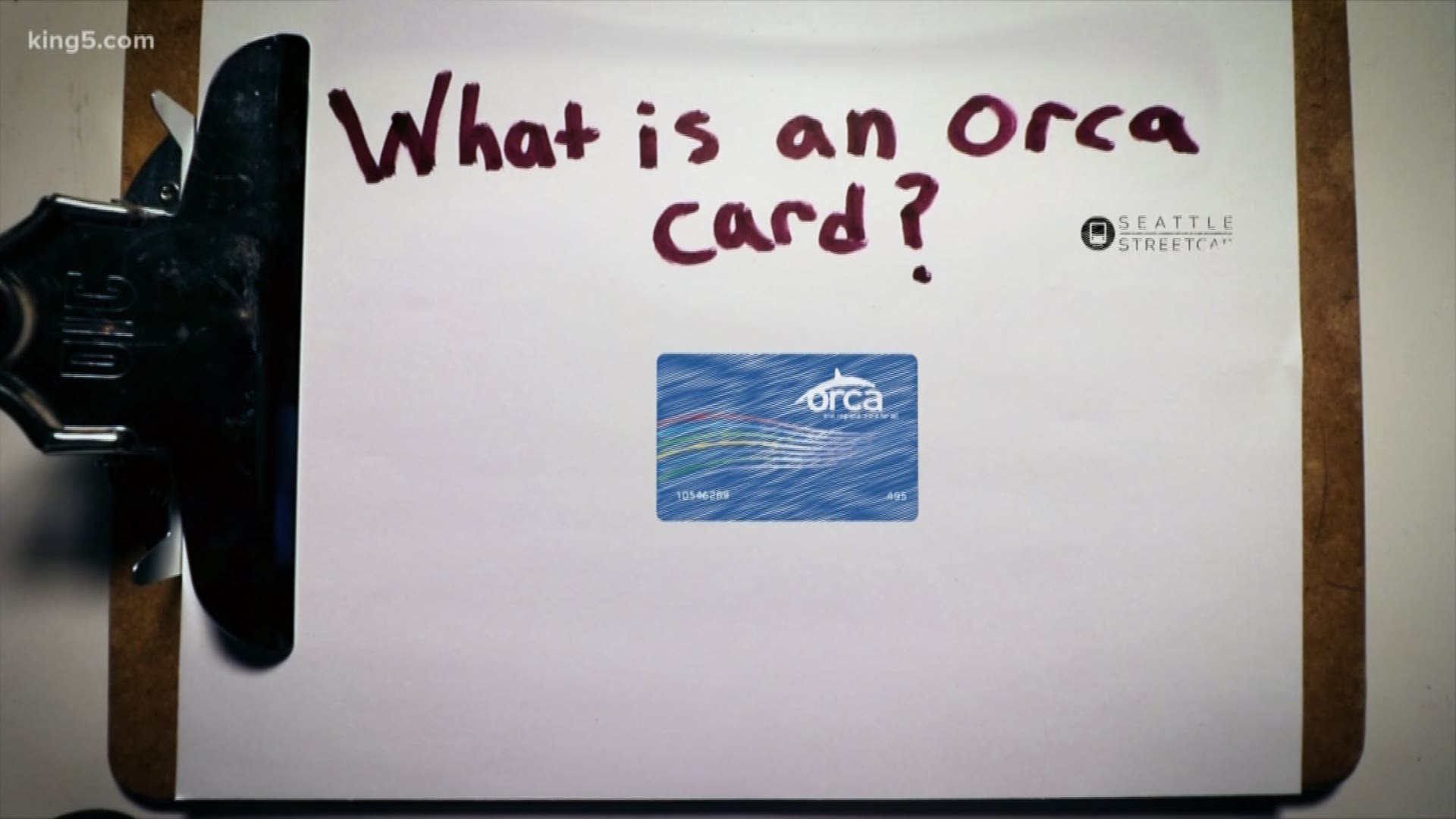With the upcoming Alaskan Way Viaduct closure comes heavy traffic and delays as the new route through downtown takes shape. Commuting via mass-transit is a great way to avoid gridlock and speed up your commute. If you plan on making the switch from driving to public transit, here's a guide to each of Seattle's main forms of transportation.
Bus

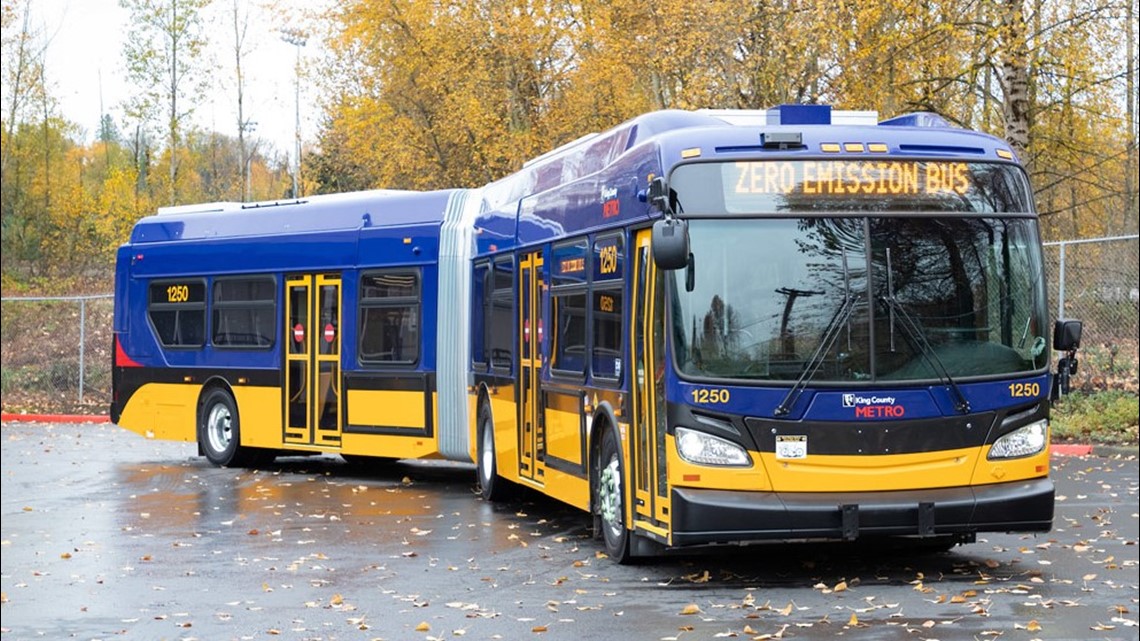
Seattle has a large bus network within the city that extends out to surrounding areas. King County Metro has over 200 buses, and Sound Transit has longer routes that extend to outlying communities.
You can plan your bus route using a variety of websites and apps. Both King County Metro and Sound Transit have route planners on their websites to find the right line. You can also use Google Maps for route planning and arrival times as well as OneBusAway, an app that shows when each bus is scheduled to arrive at a stop and whether or not the bus is delayed, on-time, or early.
Payment is simple on board buses, especially if you use an ORCA card (more information on how to purchase a card here). This cashless option allows riders to "tap on" when boarding the bus. Funds are pre-loaded online and subtracted with each ride. ORCA card readers are used by many transit agencies, including water taxis, the Link light rail, and the Sounder train. Cash is still accepted, and the flat-fare for adults on King County Metro is $2.75. For more information on alternative fare programs for riders, visit the King County Metro and Sound Transit websites.
Sounder train

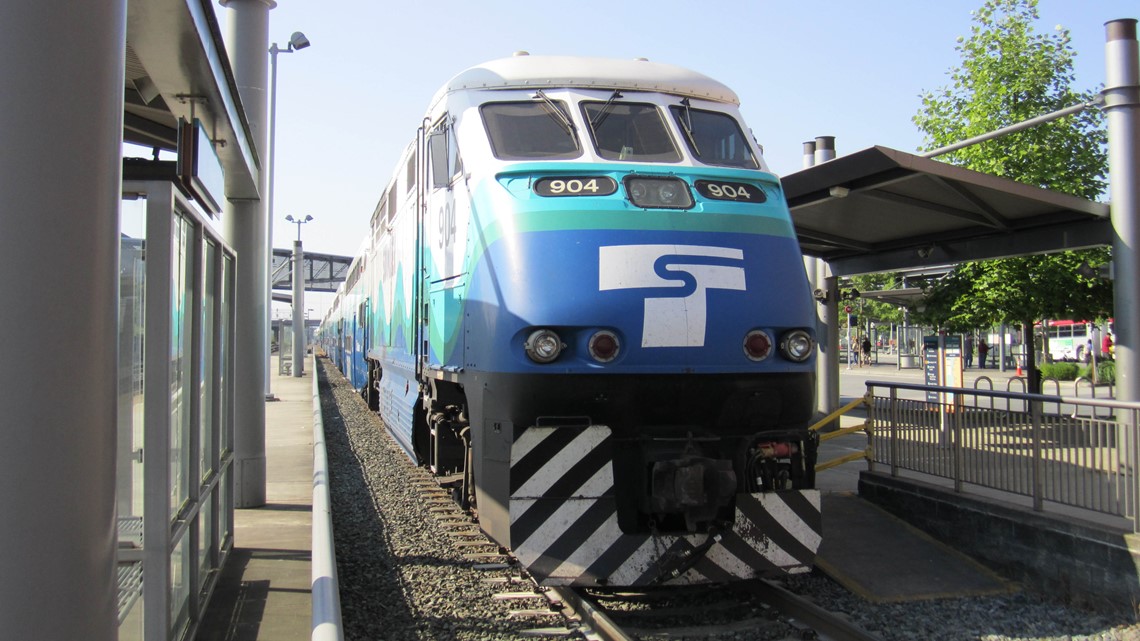
For commuters coming from further north and south, the Sounder train offers commuter rail for those wanting to skip I-5 traffic. Both the Lakewood-Seattle and Everett-Seattle routes run in the morning and evening. However there are no trains between rush hour commute times. The Sounder makes several stops along its route, many with park-and-ride services available.
Ticket fares must be purchased prior to boarding the train. To purchase a ticket, you can buy one at a ticket machine in the station using cash or card, tap-on at the platform using an ORCA card, or use Transit GO to purchase a ticket on your phone.
Link light rail

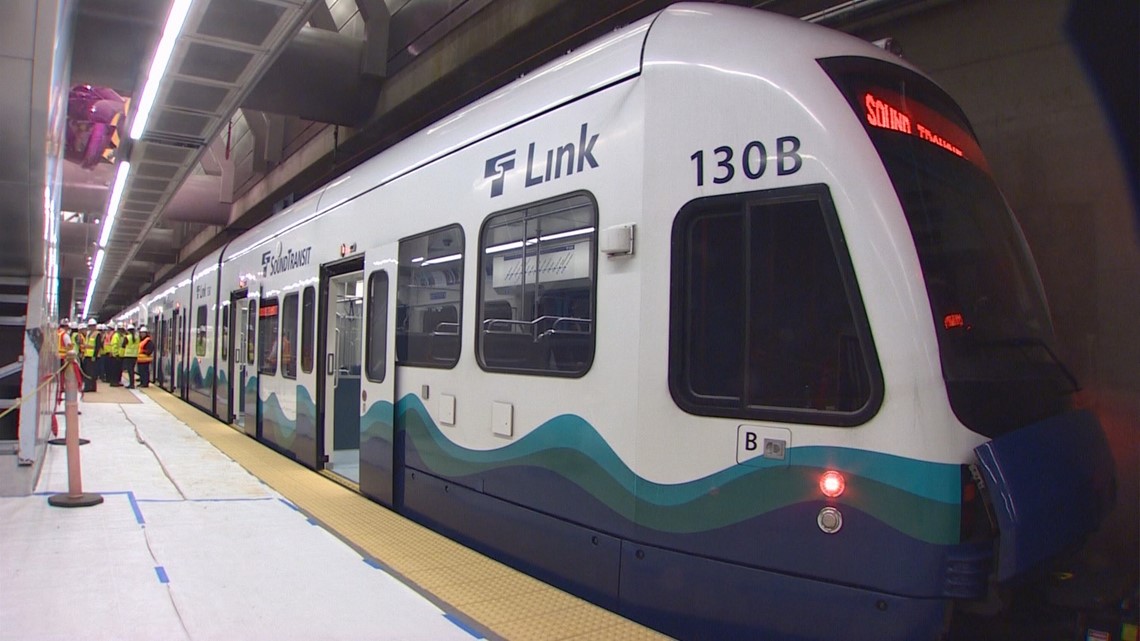
Frequency and reliability make Link light rail a popular option for commuters. The single light rail line runs from Angle Lake up to the University of Washington. There is usually a light rail departing each station every 10 minutes. However this can depend on the time of day. During rush hour trains leave the station every six minutes and late at night they depart every 15 minutes.
For those looking to make connections coming to or from the light rail there are parking garages at select stations and each station is connected to or near bus lines that can take you closer to your final destination.
The easiest way to pay your fare is by using a prepaid ORCA card and tapping on at one of the card readers located inside each station. However you must tap your card before reaching the main platform. You can also purchase tickets at the ticket machines at each station or refill your ORCA card at these points.
Ferry

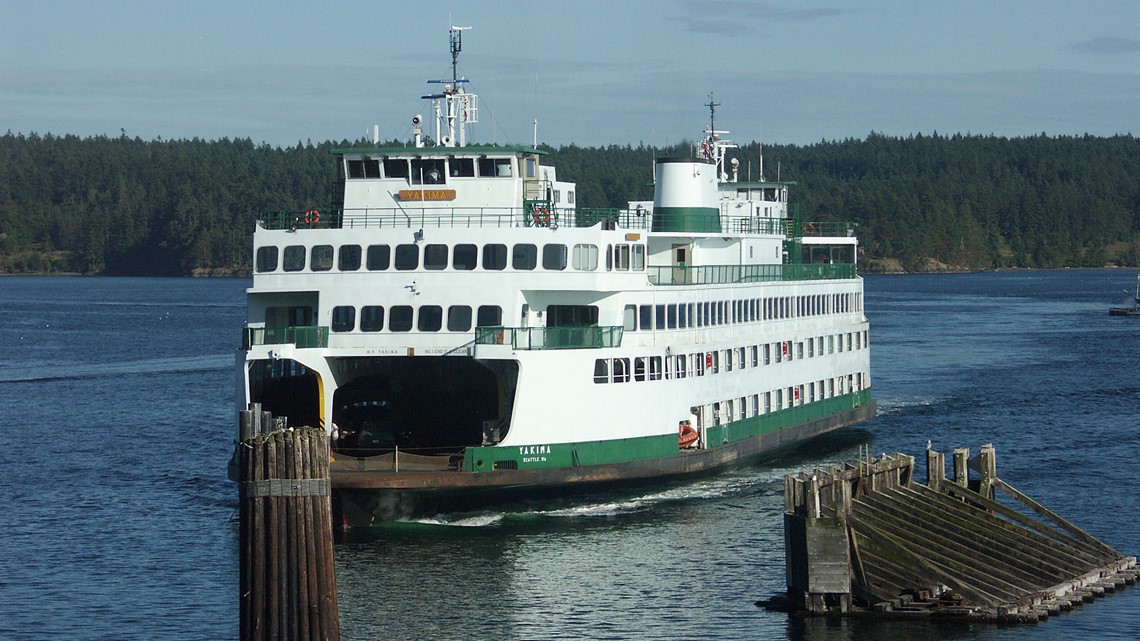
For those living on the Kitsap Peninsula or Vashon Island, ferries are often the main link to Seattle. Ferries are first-come, first-serve for both passengers and vehicles; however tickets can be purchased online and are good for up to 90 days after the purchase date. For frequent travelers there are monthly passes available. Passengers can also purchase tickets inside ferry terminals.
Passengers in cars and on foot can expect delays for some busy ferry routes at peak travel times. You can check the terminal status online to time your commute before you head out. Seattle ferries depart from the waterfront on the Colman Dock, next to the water taxi terminal.
Water taxi and fast ferry

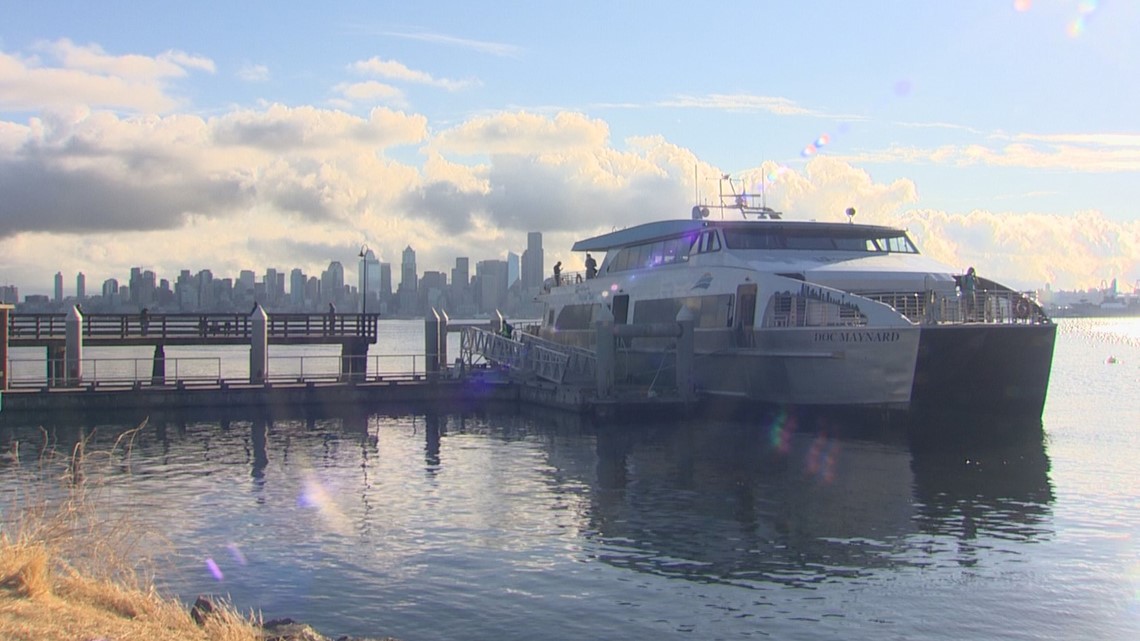
For those looking to cross Elliott Bay on foot, taking the water taxi or fast ferry is a great option. One of the differences between the two is that the water taxi is operated by King County and the fast ferry by Kitsap County.
The water taxi departs from Colman Dock on the Seattle waterfront, next to the ferry terminal. Two routes are available with multiple crossings every day: Seattle-West Seattle and Seattle-Vashon Island. Fares can be paid in cash while boarding the boat, via a ticket vending machine at the water taxi terminal, or by tapping an ORCA card just before stepping aboard. The water taxi does not take reservations and accepts riders on a first-come, first-serve basis.
Also departing from the Colman dock, the fast ferry provides an alternative to taking a regular ferry to the Kitsap Peninsula. The ferry has two routes: Seattle-Bremerton and Seattle-Kingston. While the Kingston route is first-come, first-serve, riders can make two reservations per day on the Bremerton route. Fares can be purchased with exact cash or with an ORCA card at the dock.
Join KING 5's Seattle Tunnel Traffic Facebook group to stay up-to-date on the latest Seattle tunnel and Viaduct news and get tips to battle traffic during the three-week Viaduct closure in January.

